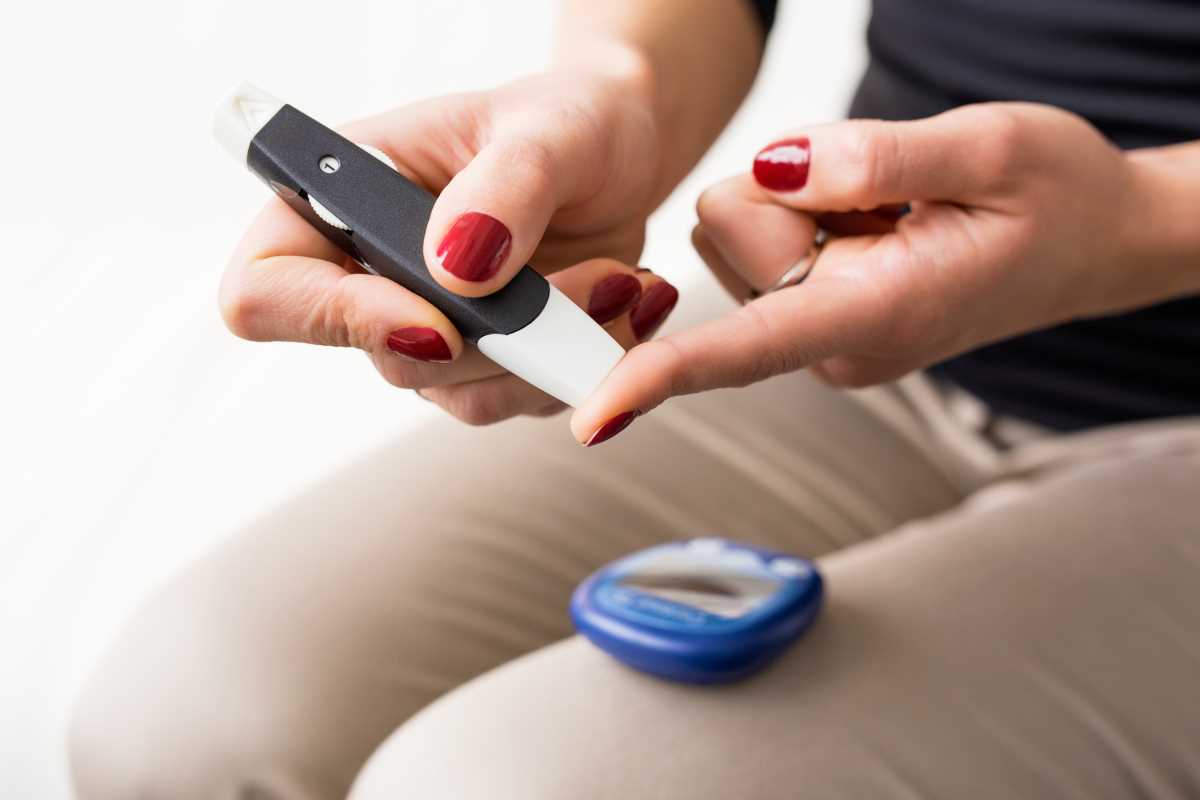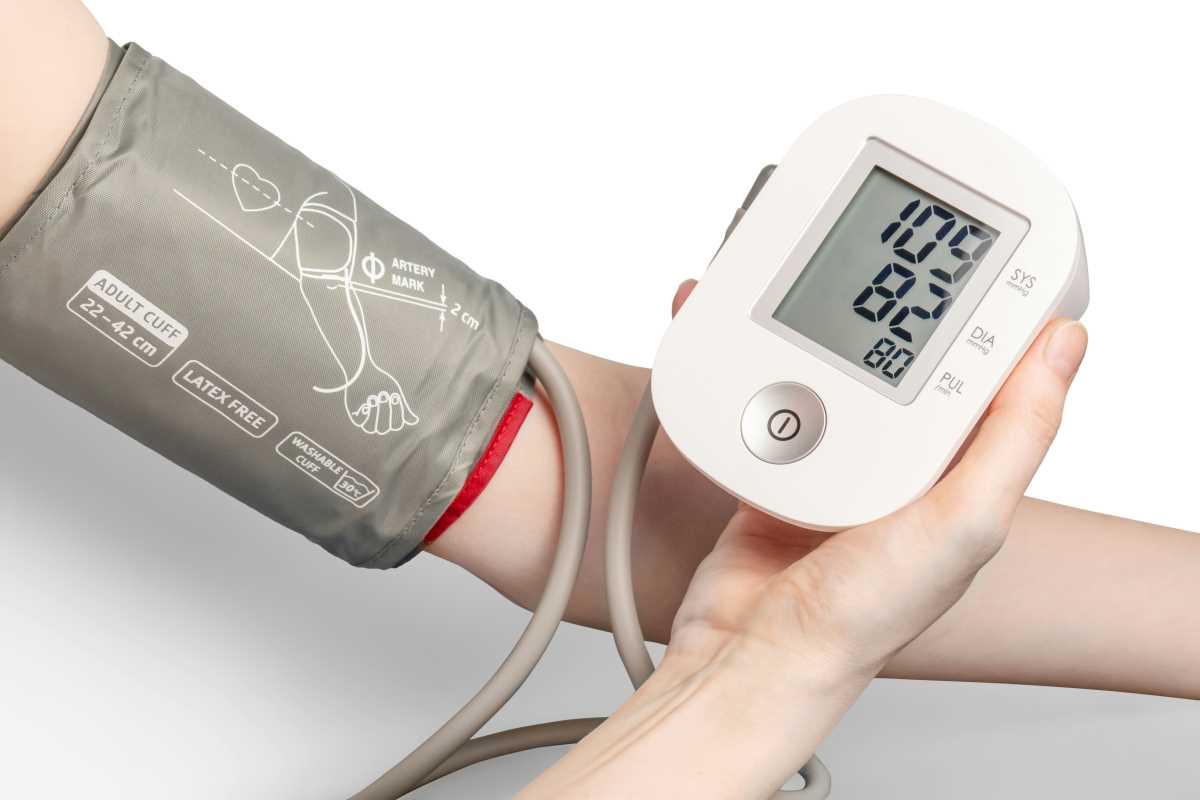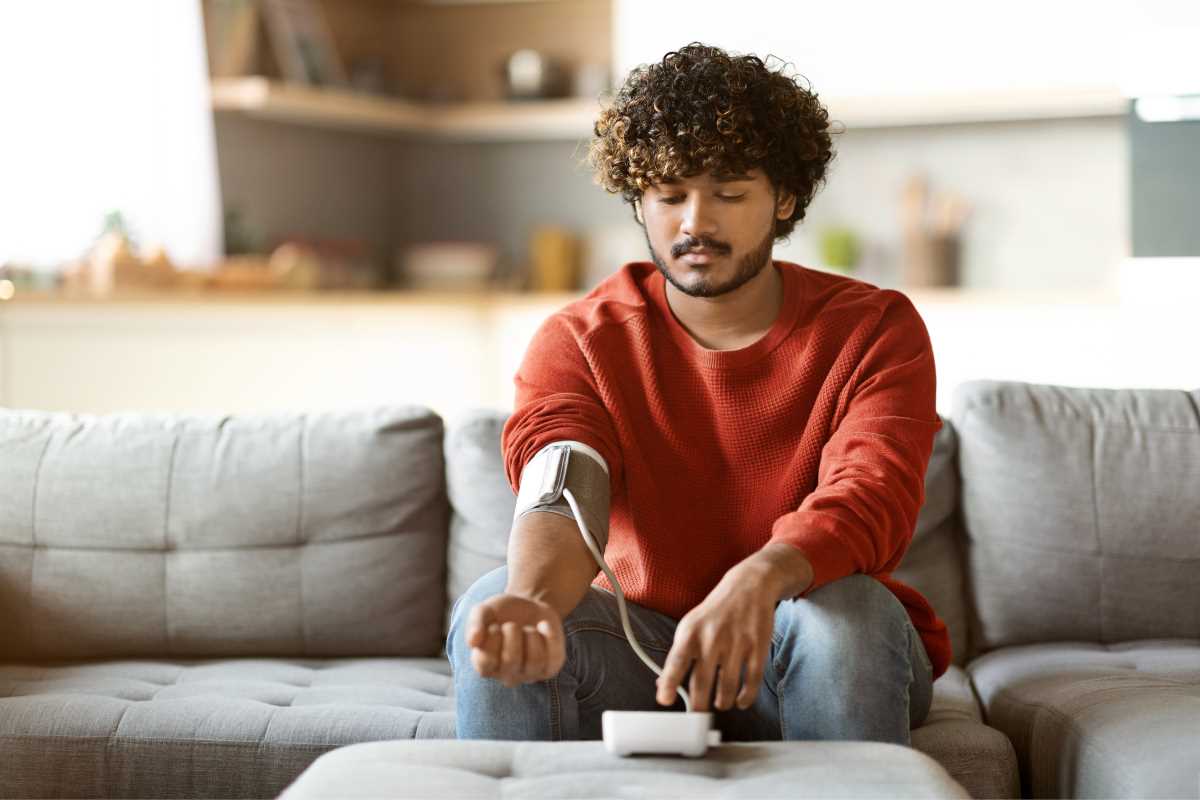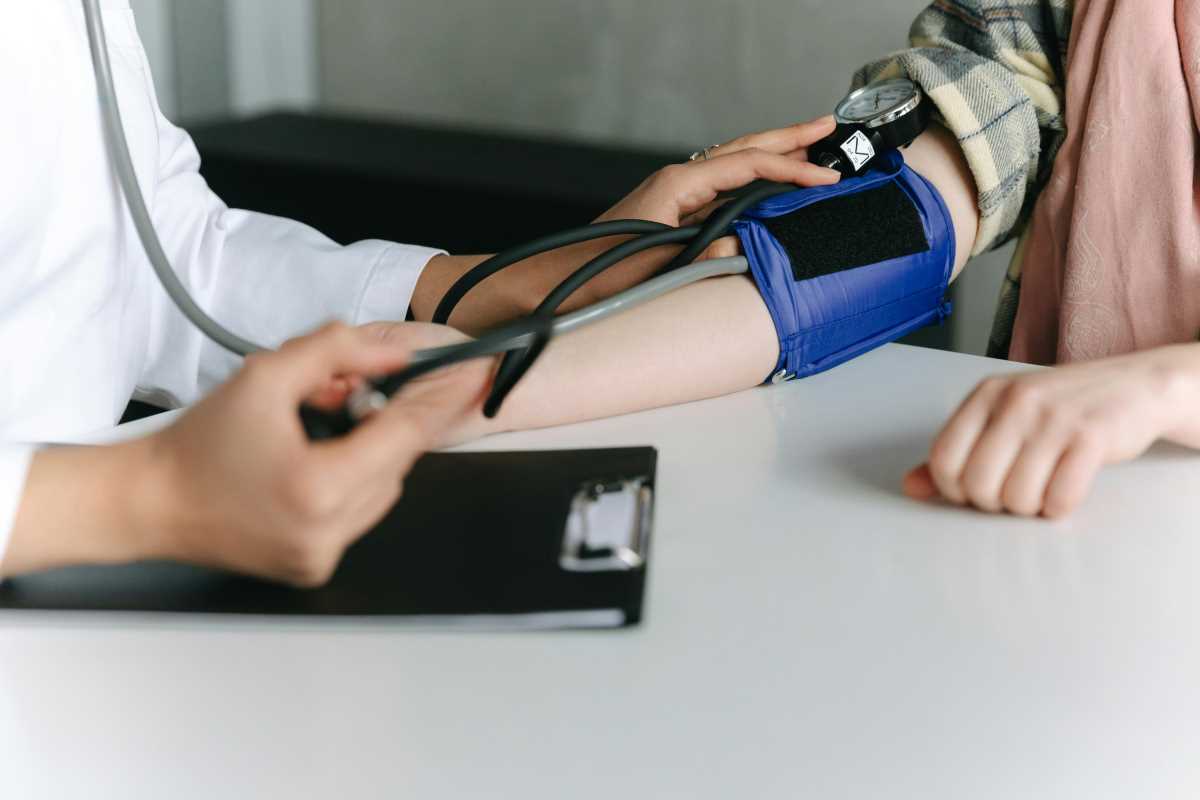Taking control of your health doesn't end when you leave your doctor's office. For the millions of Americans living with chronic conditions like diabetes, hypertension, and heart disease, home monitoring has become an essential tool for maintaining optimal health and preventing serious complications. Modern at-home devices provide accurate, real-time data that empowers you to make informed decisions about your health while keeping your healthcare team informed about your progress.
If you're managing a chronic condition, understanding how to effectively monitor your health at home can transform your approach to wellness and give you confidence in your daily health management routine.
Why Home Monitoring Helps
Home monitoring represents a fundamental shift in how we approach chronic disease management. Rather than relying solely on periodic doctor visits that provide only snapshots of your health, continuous monitoring at home reveals patterns and trends that can make the difference between thriving and merely surviving with a chronic condition.
The power of consistent data collection cannot be overstated. Your blood pressure at 2 PM on a Tuesday might be completely different from your reading at 8 AM on a Saturday. These variations aren't just numbers – they're valuable insights into how your body responds to different situations, medications, stress levels, and daily activities.
Consider this: traditional healthcare visits typically occur every three to six months for chronic conditions. That means your healthcare provider makes treatment decisions based on just a few data points spread across months. Home monitoring fills these crucial gaps, providing hundreds of data points that paint a comprehensive picture of your health status.
Essential Home Monitoring Devices for Chronic Conditions
Blood Glucose Monitors: Your Diabetes Management Partner
For individuals with diabetes, blood glucose monitors have evolved from simple testing devices to sophisticated health management tools. Modern glucometers provide accurate readings in seconds and often connect to smartphone apps that track trends, medication timing, and food intake.
Key features to look for:
- Fast testing time (under 10 seconds)
- Small blood sample requirement
- Memory storage for multiple readings
- Connectivity to health apps or cloud storage
- Insurance coverage for test strips
Continuous glucose monitors (CGMs) represent the next level of diabetes management. These devices provide real-time glucose readings throughout the day and night, alerting you to dangerous highs or lows before they become critical. Many users report feeling more confident and free to engage in activities knowing they'll receive immediate alerts about glucose changes.
Blood Pressure Monitors: Tracking Your Cardiovascular Health
High blood pressure affects nearly half of American adults, yet many don't realize their numbers are elevated. Home blood pressure monitoring provides crucial data that can prevent heart attacks, strokes, and kidney disease.
Choosing the right blood pressure monitor:
- Select a cuff that fits your arm properly (measure your upper arm circumference)
- Look for devices validated by medical organizations
- Consider monitors with memory storage and averaging features
- Choose automatic over manual models for consistency
- Ensure the display is large enough to read easily
The American Heart Association recommends taking blood pressure readings at the same times each day, preferably in the morning and evening. Consistency in timing and technique ensures more reliable data for you and your healthcare provider.
Wearable Technology: Comprehensive Health Tracking
Wearable devices like smartwatches and fitness trackers have revolutionized home health monitoring. These devices continuously collect data on heart rate, activity levels, sleep patterns, and even stress indicators.
Advanced features in modern wearables:
- Electrocardiogram (ECG) capabilities for detecting irregular heart rhythms
- Blood oxygen saturation monitoring
- Fall detection and emergency alerts
- Medication reminders and health goal tracking
- Integration with electronic health records
For individuals with heart conditions, wearables can detect atrial fibrillation, monitor exercise tolerance, and track recovery patterns. This information helps healthcare providers adjust treatments and identify potential problems before they require emergency intervention.
Benefits of Reliable Home Monitoring Data
Empowered Self-Management
When you understand your health patterns, you become an active participant in your care rather than a passive recipient of treatment. Home monitoring data helps you identify which foods affect your blood sugar, how stress impacts your blood pressure, or which activities improve your overall health metrics.
This knowledge enables you to make real-time adjustments to your daily routine. You might discover that your blood pressure spikes during stressful work calls, prompting you to practice deep breathing techniques. Or you might notice that certain foods consistently elevate your blood glucose, leading to more informed dietary choices.
Enhanced Communication with Healthcare Providers
Bringing comprehensive data to your medical appointments transforms your conversations with healthcare providers. Instead of trying to remember how you felt over the past few months, you can present concrete evidence of your health trends.
How data improves healthcare conversations:
- Demonstrates medication effectiveness over time
- Reveals patterns that might indicate need for treatment adjustments
- Provides evidence for insurance coverage of treatments or devices
- Helps identify triggers for symptom flare-ups
- Shows improvement or deterioration trends
Many healthcare providers now offer patient portals where you can upload your home monitoring data between visits. This continuous communication enables more responsive care and quicker treatment adjustments when needed.
Early Warning System for Complications
Perhaps the most critical benefit of home monitoring is its ability to detect problems before they become emergencies. Consistent tracking helps establish your personal baseline, making it easier to identify when something isn't right.
For example, gradually rising blood pressure readings might indicate that your current medication isn't working effectively, allowing for adjustment before a hypertensive crisis occurs. Similarly, trending glucose levels can help prevent dangerous episodes of hypoglycemia or diabetic ketoacidosis.
Tips for Effective Home Monitoring
Establish Consistent Routines
Successful home monitoring requires consistency in timing, technique, and recording. Create a schedule that fits your lifestyle and stick to it. Many people find success by linking monitoring activities to established daily routines like meals or medication times.
Creating sustainable monitoring habits:
- Set phone reminders for testing times
- Keep devices in convenient, visible locations
- Use smartphone apps to log readings automatically
- Share your routine with family members for accountability
- Celebrate milestones and improvements in your numbers
Ensure Accurate Measurements
The value of home monitoring depends entirely on the accuracy of your measurements. Take time to learn proper techniques for each device and regularly calibrate equipment according to manufacturer instructions.
Accuracy best practices:
- Follow manufacturer instructions precisely
- Replace batteries regularly in electronic devices
- Calibrate devices according to recommended schedules
- Bring devices to medical appointments for comparison with clinical equipment
- Replace test strips or sensors before expiration dates
Leverage Technology for Better Tracking
Modern health apps and cloud-based platforms make it easier than ever to track, analyze, and share your health data. Look for apps that integrate with multiple devices and provide clear visualizations of your trends over time.
Many apps now offer features like:
- Automated data syncing from multiple devices
- Trend analysis and pattern recognition
- Medication reminders and adherence tracking
- Goal setting and progress monitoring
- Direct sharing with healthcare providers
Choosing the Right Devices for Your Needs
- Consider Your Specific Condition Requirements: Different chronic conditions require different monitoring approaches. Work with your healthcare provider to determine which metrics are most important for your specific situation and health goals.
- Evaluate Insurance Coverage: Many insurance plans cover home monitoring devices for chronic conditions, but coverage varies significantly. Check with your insurance provider about covered devices and any requirements for obtaining coverage, such as physician prescriptions or specific medical criteria.
- Think Long-Term: Choose devices that will grow with your needs and integrate well with your healthcare team's preferences. Consider factors like data portability, customer support, and the company's track record for ongoing product updates and support.
Disclaimer: The content provided on SuperHealthyTips is for informational and educational purposes only. This information is not intended to be a substitute for professional medical advice, diagnosis, or treatment.
 (Image via
(Image via





